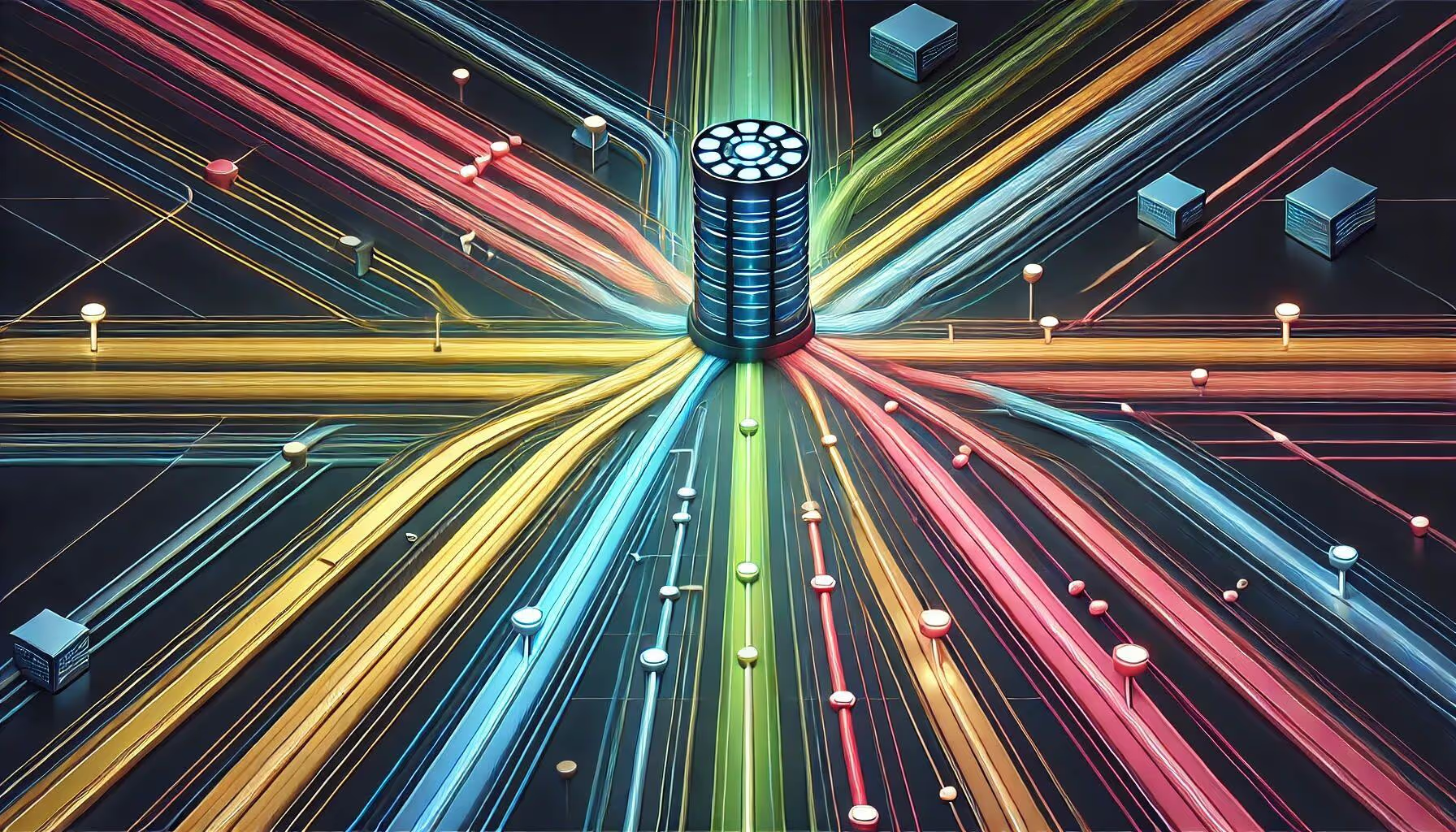Picture yourself as an explorer; you’ve just discovered a massive, uncharted island. You’ve heard legends of all the riches and resources that lie within, but as you set foot on its shores, you realize something critical: you don’t have a map. You can certainly try to venture deeper, but without knowing what lies ahead or how to get there, progress will be painfully slow.

This is exactly how many organizations feel when they first encounter containerization and Kubernetes.
Most IT professionals recognize the promise of containers; they offer portability, scalability, and better resource utilization. Yet, like the explorer with no map, the stumbling block is often a lack of skills and experience. Time and again, we see that any technology requiring new expertise before you can even begin adoption will face an uphill battle. It’s easy to see why; training a team, changing internal processes, and altering familiar workflows is never trivial. More often than not, it can take a decade or more for these skills to become second nature across an industry. By the time the skill set finally becomes mainstream, the technology has either matured into a standard or faded away altogether.
In steps Portainer. Our vision is to remove the skills barrier that stalls container and Kubernetes adoption. We recognize that not everyone is ready to become an advanced operator overnight; there’s a learning curve that, if left unaddressed, can derail even the most enthusiastic team. That’s why we’ve focused on creating an intuitive experience that meets you where you are. With Portainer, you don’t need to master every command or memorize every YAML configuration before seeing real benefits. Instead, you get a visual interface that shows you the “map” of containers and clusters; you can traverse this new territory without constantly checking a manual in the background.
.avif)
Of course, if you’re entirely new to containers; if you haven’t even heard about the difference between Docker and Kubernetes; there’s still some foundational understanding required. But Portainer cuts that prerequisite knowledge down to a fraction of what it might otherwise be. Once you have the map in your hands, the path forward through the jungle becomes clearer. Once you’re on that path, you gain real-world experience much faster than you would by stumbling around aimlessly.
This approach helps teams accelerate their container journey without sacrificing best practices. By guiding and educating you in real time, Portainer gradually shapes your skill set; before you know it, you’re not just using containers, you’re optimizing them. In this way, the technology that once seemed shrouded in mystery becomes part of your everyday toolkit... and you didn’t have to wait 15 years to get there.
The real secret is ease of use. When your developers, IT operators, and architects aren’t intimidated by the complexity, they spend more time innovating and less time troubleshooting. Over time, they naturally develop deeper expertise, at their own pace, all while delivering value to the business.
Adopting new technology shouldn’t feel like being lost in a jungle without a map or a guide. With Portainer, you get to learn by doing; you move forward without being held back by a steep skills gap. That, in essence, is how we’re trying to reshape containerization for everyone. In a world that’s evolving faster than ever, the ability to reduce barriers to innovation is priceless... and that’s precisely where Portainer can help.
If you’re curious to see this in action, let’s talk about how we can meet you where you’re most comfortable; there’s no need to wait for the rest of the world to catch up. With the right map, even the most daunting exploration can become an exciting journey.





